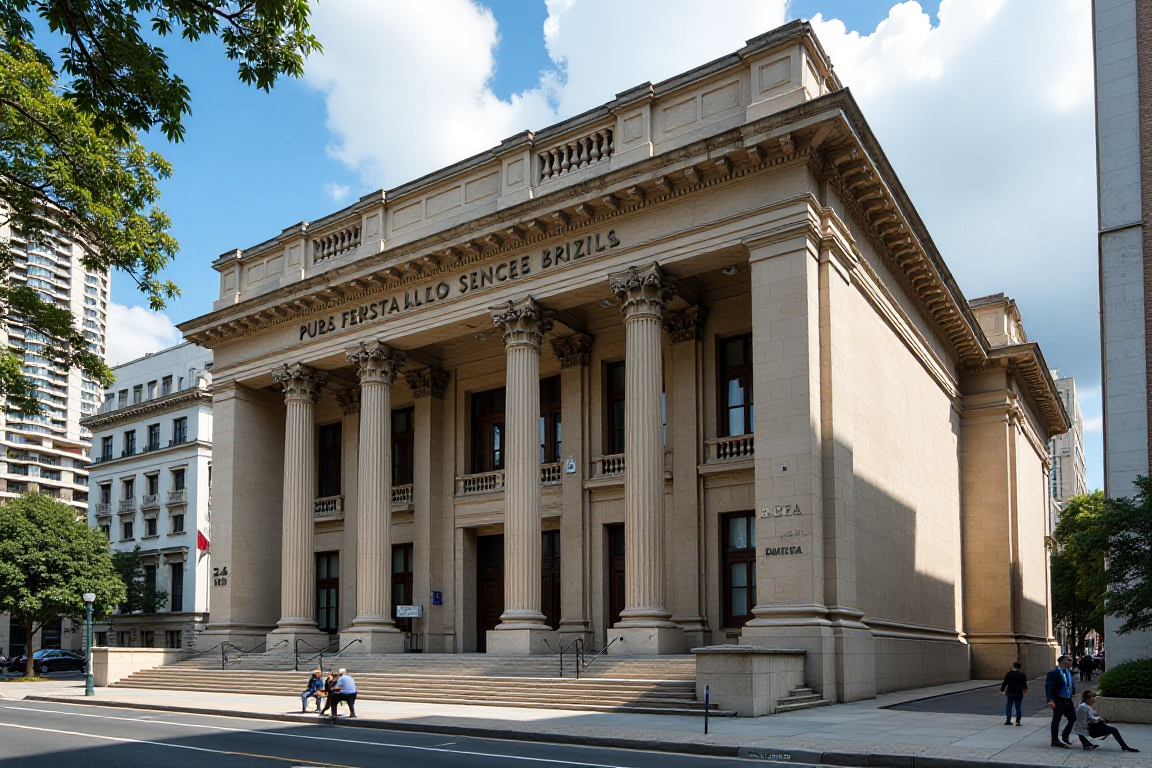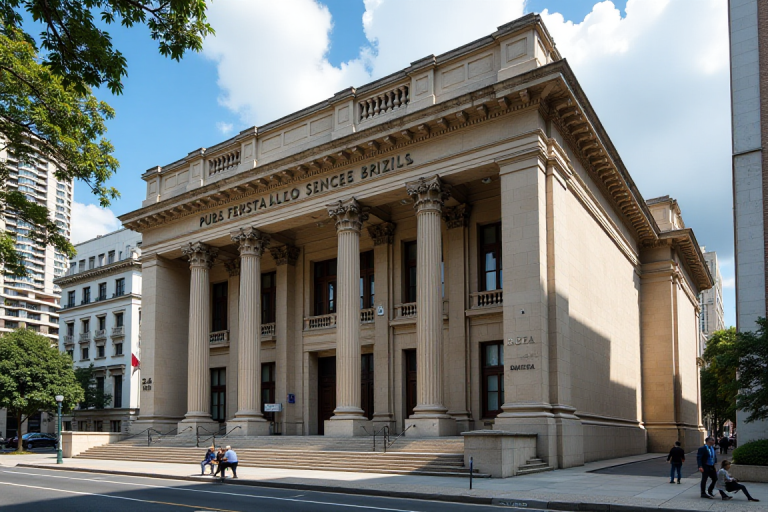
Brazil’s fiscal picture is rapidly deteriorating, according to a stern assessment from the Independent Fiscal Institution (IFI), a technical advisory organisation affiliated with the Federal Senate.
The IFI’s 101st Fiscal Monitoring Report (RAF) indicates that if the current trend of public finances continues, the fiscal targets established for 2026 will become “unattainable.”
The report highlights the country’s deteriorating budgetary situation, saying that structural fiscal change is “urgently” required.
Without it, Brazil will suffer expanding public debt, increased fiscal pressures, and a decline in the government’s ability to invest.
According to the IFI, urgent measures are required to protect the country’s fiscal framework and prevent debt acceleration.
Primary deficit and spending trends fuel debt surge
Despite the R$20.7 billion in budget cuts announced by the government for 2025, the primary deficit is still expected to reach R$83.1 billion.
It will directly add the whole of this shortfall to the gross public debt, aggravating an already dilapidated fiscal position.
For all the adjustments, the report then predicts a sharp increase in gross debt in Brazil.
Debt is set to increase from 77.6% of GDP in 2025 to 100% by 2030, and 124.9% by 2035.
Such projections amplify the alienation of fiscal policy from macroeconomic viability.
However, the report identifies a particularly worrying trend for primary expenditures, which are expected to increase from 18.9% to 20.4% of GDP between now and 2035.
Meanwhile, revenues are expected to stagnate or decrease even more, worsening the gap and putting additional pressure on the fiscal structure.
The government struggles to contain the budget deficit
According to the IFI, in order to reach halfway to the 2025 fiscal target, an extra R$30.9 billion of budget contingency would be needed, which would be inconsistent with the current government’s fiscal plan.
The institution warns that even with this extra effort, the target would only be met “to the limit,” and only by utilising the latitude of tolerance embedded into the fiscal framework.
However, this would not be sufficient to stop the increase in debt levels.
Call for national dialogue and structured reform
The IFI research indicates that the current fiscal system is unsustainable and calls into question the long-term viability of the country’s economic structure.
“The projections reveal the unsustainability of the current fiscal regime, calling into question the survival of the current fiscal framework,” according to the study.
To address the widening economic imbalance, the institution calls for a comprehensive national conversation that includes the National Congress, the Executive Branch, and civil society.
According to the IFI, such participation is critical for achieving consensus on a structural change capable of restoring fiscal balance in the medium to long term.
Without such reforms, the combination of rising spending and stagnating revenues is expected to force Brazil into a more restrictive fiscal climate.
In this scenario, not only would medium-term goals become unattainable, but public debt would continue to rise, eroding investor confidence and the government’s ability to respond to future economic crises.
The post Brazil faces grim fiscal future with debt projected to top 100% of GDP appeared first on Invezz

